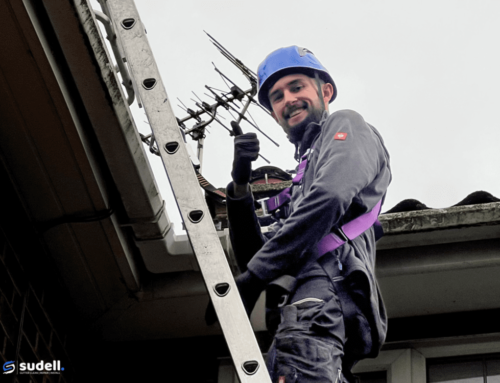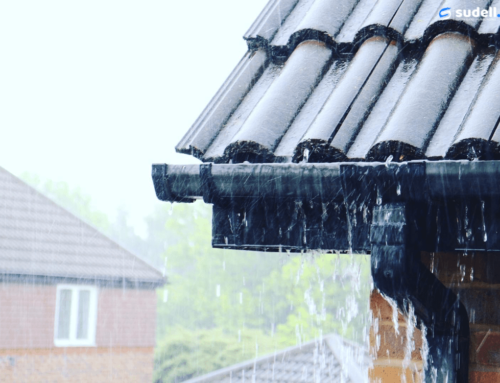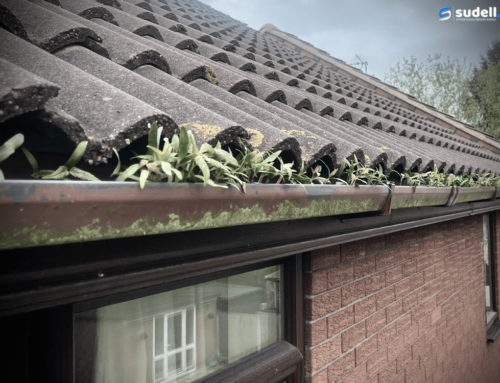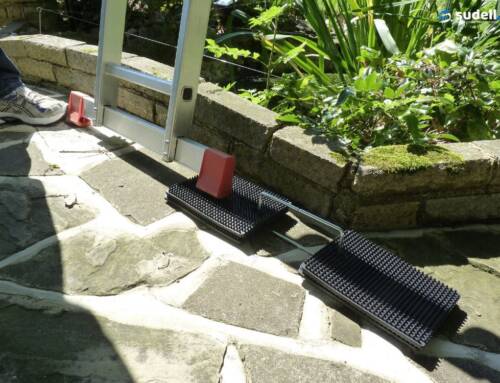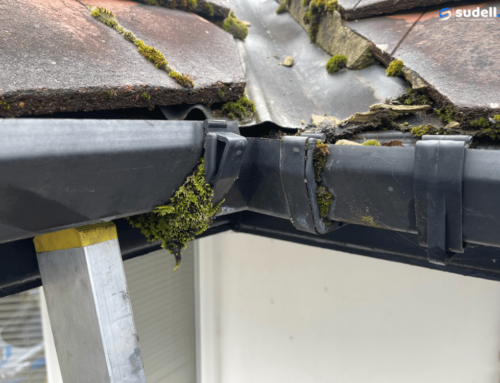Is My Roofing Membrane Failing?
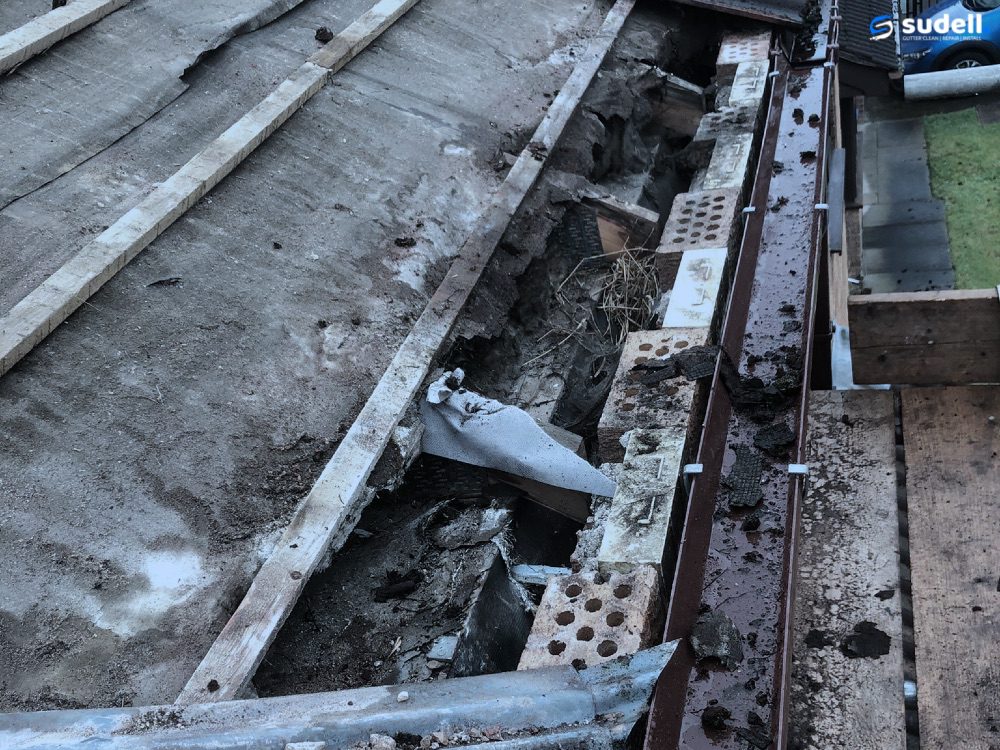
Did you know that a proactive approach to gutter cleaning and maintenance could save you thousands of pounds by identifying potential roofing membrane damage early on? As a responsible homeowner, being aware of signs of failure can help you avoid costly repairs and protect your investment.
Pay close attention, because as a seasoned gutter maintenance professional, shed light on the significance of roofing membrane, its vulnerabilities, and the potential consequences it can have on your home. From bird nesting to the effects of aging, let’s explore the core challenges associated with roofing membrane and empower you to take action.
What is roofing felt/membrane used for?
Reliable Waterproofing: The primary purpose of your roofing membrane, also known as roofing felt, is to prevent water from seeping through and safeguard your home from leaks. By forming a dependable waterproof barrier, it shields your home from the damaging effects of water infiltration.
Moisture Management: Efficient moisture management is another critical role played by your roofing membrane. By regulating condensation and preventing moisture buildup, it protects your home from issues like mold growth, compromised air quality, and structural damage. Say goodbye to dampness and hello to a healthy living environment.
Weather Resistance: Mother Nature’s wrath can be unforgiving, but your roofing membrane acts as a formidable shield against extreme weather conditions. It stands strong against heavy rain, snow, and hail, ensuring your roof structure remains protected. No more worrying about leaks during storms or adverse weather events.
Enhanced Durability: The longevity of your roof greatly depends on the durability of your roofing membrane. By providing an additional layer of protection, it extends the lifespan of your roof and safeguards against premature deterioration. Invest in a resilient membrane to fortify your home for years to come.
Types of Roofing Membrane:

Roofing felt and breathable membrane are the two primary types of roofing membrane commonly used:
- Roofing Felt: Also known as tar paper or underlayment, roofing felt is a traditional choice. Made from materials like cellulose or fiberglass coated with bitumen or asphalt, it serves as a reliable waterproofing layer. Installed directly onto the roof deck, it acts as a protective barrier, preventing water infiltration and prolonging the roof’s life.
- Breathable Membrane: A more modern and advanced option, breathable membrane, also called breathable underlayment or roof underlay, offers both waterproofing and enhanced ventilation. Made from synthetic materials with micropores, it allows moisture vapor to escape while keeping water out. This ensures proper moisture management, especially in climates with specific ventilation requirements or high humidity.
Common Causes of Roofing Membrane Damage:
Several factors can contribute to roofing membrane damage:
Bird Nesting: Birds nesting under roof tiles can peck or scratch the membrane, creating openings for water penetration and compromising its effectiveness. Read, How to get rid of birds nesting under your roof.
Aging and Wear: Over time, exposure to the elements, temperature fluctuations, and general wear and tear can cause the membrane to deteriorate, crack, or become brittle.
Improper Installation: Incorrect installation practices, such as inadequate fastening or poor workmanship, can weaken the roofing membrane and lead to failure.
Accidental Damage: Foot traffic during maintenance or repair work on the roof can unintentionally cause tears or punctures in the membrane, compromising its integrity.
Ponding: Ponding occurs when rainwater accumulates on a sagging or deteriorated roofing membrane, typically found beneath the first course of roof tiles. This can lead to water pooling and subsequent leaks into the property, necessitating immediate attention.
Checking Roofing Membrane and Professional Assistance:

Regular inspections of your roofing membrane are crucial to identify potential issues. Here’s what you can do:
Visual Inspection: Take the time to visually inspect your roofing membrane for any visible signs of damage, such as tears, cracks, or lifted areas.
Moisture Indicators: Keep an eye out for water stains or signs of moisture in your attic or ceiling, as they may indicate a leaking membrane.
Professional Assistance: Engage the services of reputable gutter cleaning and maintenance companies. Their experienced professionals can inspect your roofing membrane while cleaning your gutters and identify any problems or signs of damage that require attention.
By proactively monitoring the condition of your roofing membrane, you can catch potential issues early and take prompt action to avoid more extensive damage and costly repairs down the line. Remember, a well-maintained roofing membrane is essential for the longevity and protection of your home.
Is your roofing membrane failing? Don’t wait for disaster to strike—be proactive and safeguard your home today.
The pictures in this article are from a job completed where a damaged section of the roofing membrane was replaced to make the property water tight again.
If you require any assistance or advice about your home drainage system please contact our team today.

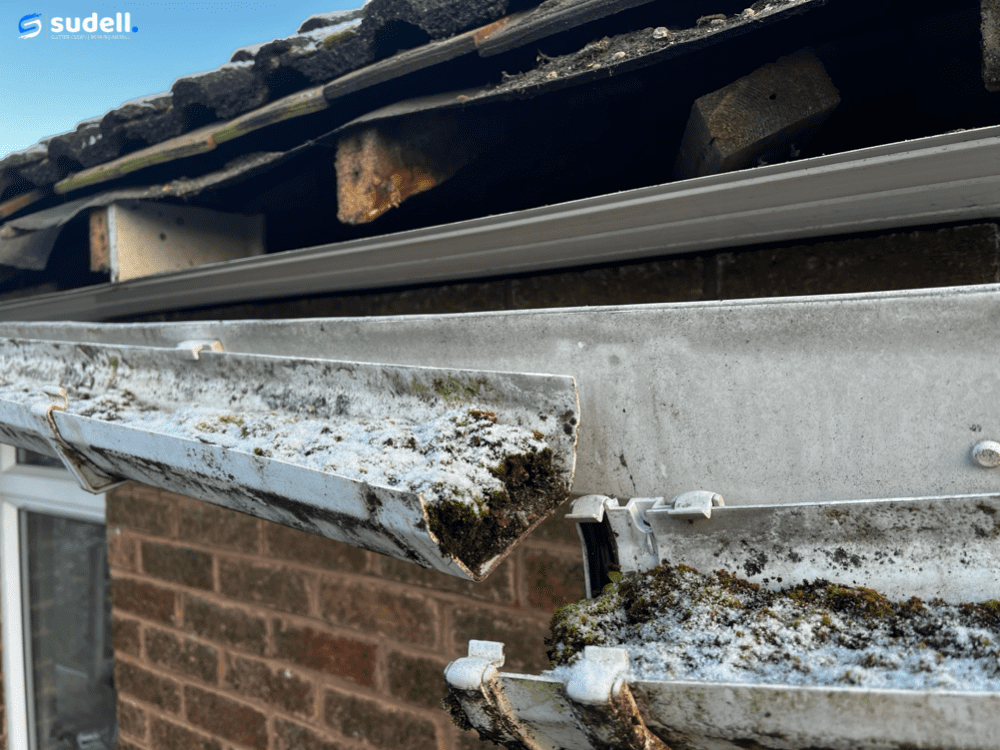



![New Home Gutter Care: Essential Tips for Homeowners [FREE CHECKLIST]](https://sudell.co.uk/wp-content/uploads/2024/01/4D3DF61F-B160-4BA2-A40A-00741B6AC2CD-500x383.png)
